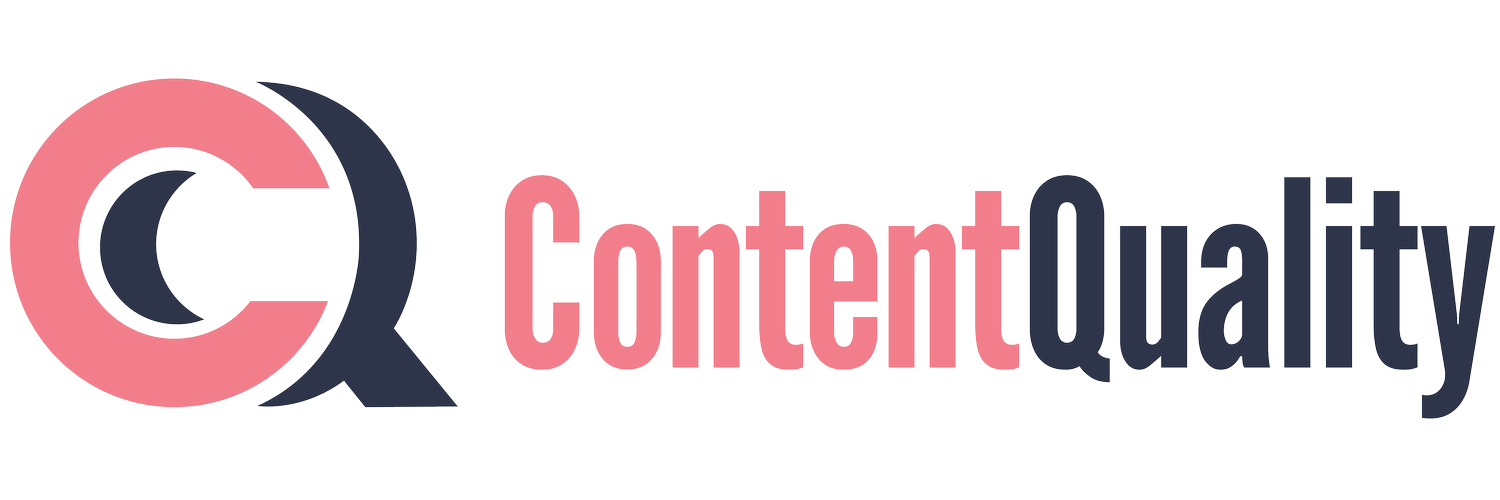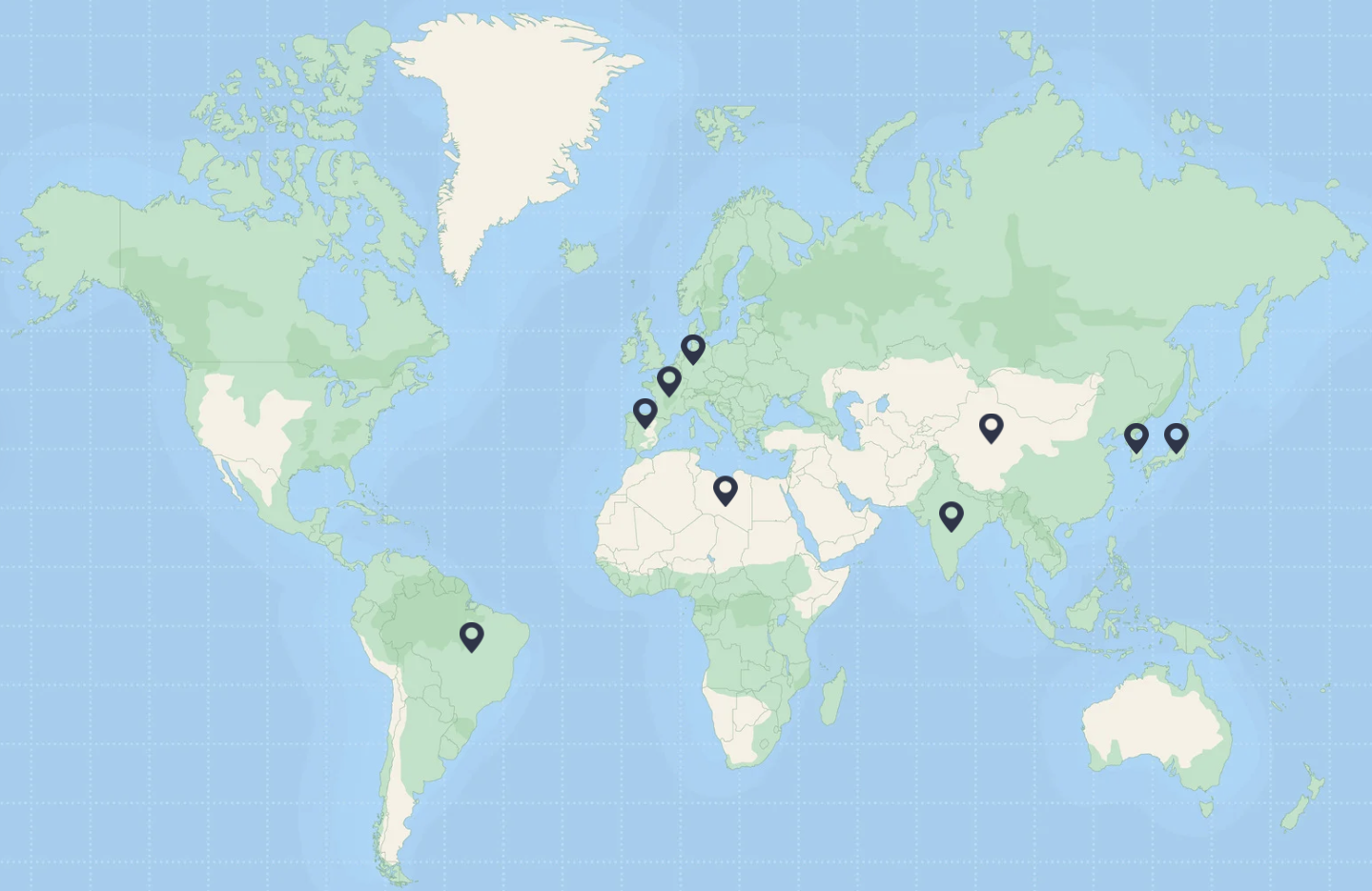Top 9 Languages Your Website Should Support
Written by: Sarah
As the digital marketplace becomes more global and competitive, businesses can no longer afford to speak just one language. In 2025, website localisation isn’t just a nice-to-have - it’s a necessity for growth. Whether you're selling products, offering services, or building an international brand, speaking your audience's language directly impacts trust, engagement, and conversions.
So, which languages should your website support to stay competitive in 2025? Based on internet usage, market potential, and emerging global trends, here are the top 9 languages to consider:
1. Chinese (Simplified) 🇨🇳
China leads in internet usage, making Chinese website translation essential for global growth.
Why it matters: China has the largest number of internet users globally.
Market reach: Over 1 billion internet users.
Essential for: Accessing the massive Chinese consumer market.
Tip: Simplified Chinese is used in Mainland China; Traditional Chinese is used in Hong Kong and Taiwan.
2. Spanish 🇪🇸
Spanish translation helps you reach one of the world’s largest language groups with over 460 million native speakers.
Why it matters: Spanish is the second most spoken language in the world by native speakers.
Market reach: High in the Americas and growing in Europe.
Essential for: North, Central, and South American markets, as well as Spain.
Tip: Target local dialects for better results (e.g., Latin American Spanish vs European Spanish).
3. Arabic 🇪🇬
With a youthful population and increasing internet access, Arabic website localisation opens doors in the Middle East and North Africa.
Why it matters: Rapid digital growth across the Middle East and North Africa (MENA).
Market reach: Large youth demographic and increasing online spending.
Essential for: Businesses targeting the MENA region.
Tip: Arabic is written right-to-left. Design matters!
4. French 🇫🇷
French is spoken across Europe, Africa, and parts of Canada, offering extensive reach.
Why it matters: Spoken across Europe, Africa, and parts of Canada.
Market reach: One of the most widely spoken global languages.
Essential for: European and African markets, especially in B2B and international trade.
Tip: Tailor your French content regionally (e.g.: Canadian French vs Parisian French).
5. German 🇩🇪
German translation is key for companies targeting the EU, especially in B2B, finance, and tech.
Why it matters: Germany is Europe’s largest economy and a leader in B2B commerce.
Market reach: High purchasing power in the EU.
Essential for: European business markets, particularly in tech, automotive, and manufacturing.
Tip: Use formal language (Sie) unless you’re targeting younger audiences.
6. Portuguese (Brazilian) 🇵🇹
Brazil alone has more than 150 million internet users, making Brazilian Portuguese a high-impact addition to any localisation strategy.
Why it matters: Brazil is a major emerging market with increasing digital adoption.
Market reach: 150+ million internet users in Brazil alone.
Essential for: Latin America’s largest economy.
Tip: Optimise for Brazil-specific search terms, and consider targeting Google Brazil (google.com.br) for maximum visibility.
7. Hindi 🇮🇳
India’s internet users are expected to surpass 1.2 billion in the coming years. Translating your website into Hindi connects you to a fast-growing market.
Why it matters: India has the second-largest population of internet users.
Market reach: Fastest-growing internet population in the world.
Essential for: Reaching India’s rapidly expanding digital economy.
Tip: English-Hindi hybrid content can be effective for Gen Z audiences.
8. Japanese 🇯🇵
Japan has one of the most advanced e-commerce markets. Japanese translation is crucial for brands in tech, fashion, and luxury.
Why it matters: Japan has one of the highest e-commerce penetration rates globally.
Market reach: High-spending, tech-savvy audience.
Essential for: Tech, luxury goods, and e-commerce markets.
Tip: Use localised keywords in Katakana, Hiragana, and Kanji, and ensure your site is hosted in or optimised for Japanese search engines like Yahoo! Japan and Google Japan.
9. Korean 🇰🇷
Korean is essential for businesses in entertainment, gaming, and technology. South Korea boasts one of the highest internet penetrations globally.
Why it matters: South Korea is a global leader in technology and innovation.
Market reach: Digitally advanced population with strong consumer habits.
Essential for: Businesses in tech, gaming, entertainment, and fashion.
Tip: Optimise for Naver, South Korea’s leading search engine, which uses different ranking factors than Google.
Bonus Markets to Watch
Indonesian: Large mobile-first population
Turkish: Strategic bridge between Europe and Asia
Choosing the right languages to support on your website isn't just about numbers. It’s about aligning with your business goals, market strategy, and customer behaviour.
Whether you're launching a multilingual website or expanding your global reach, professional translation and localisation ensure that your message resonates across cultures.
Need help localising your website? We specialise in high-quality, culturally relevant translations that drive results. Contact us today to discuss your goals or grab your free sample.


